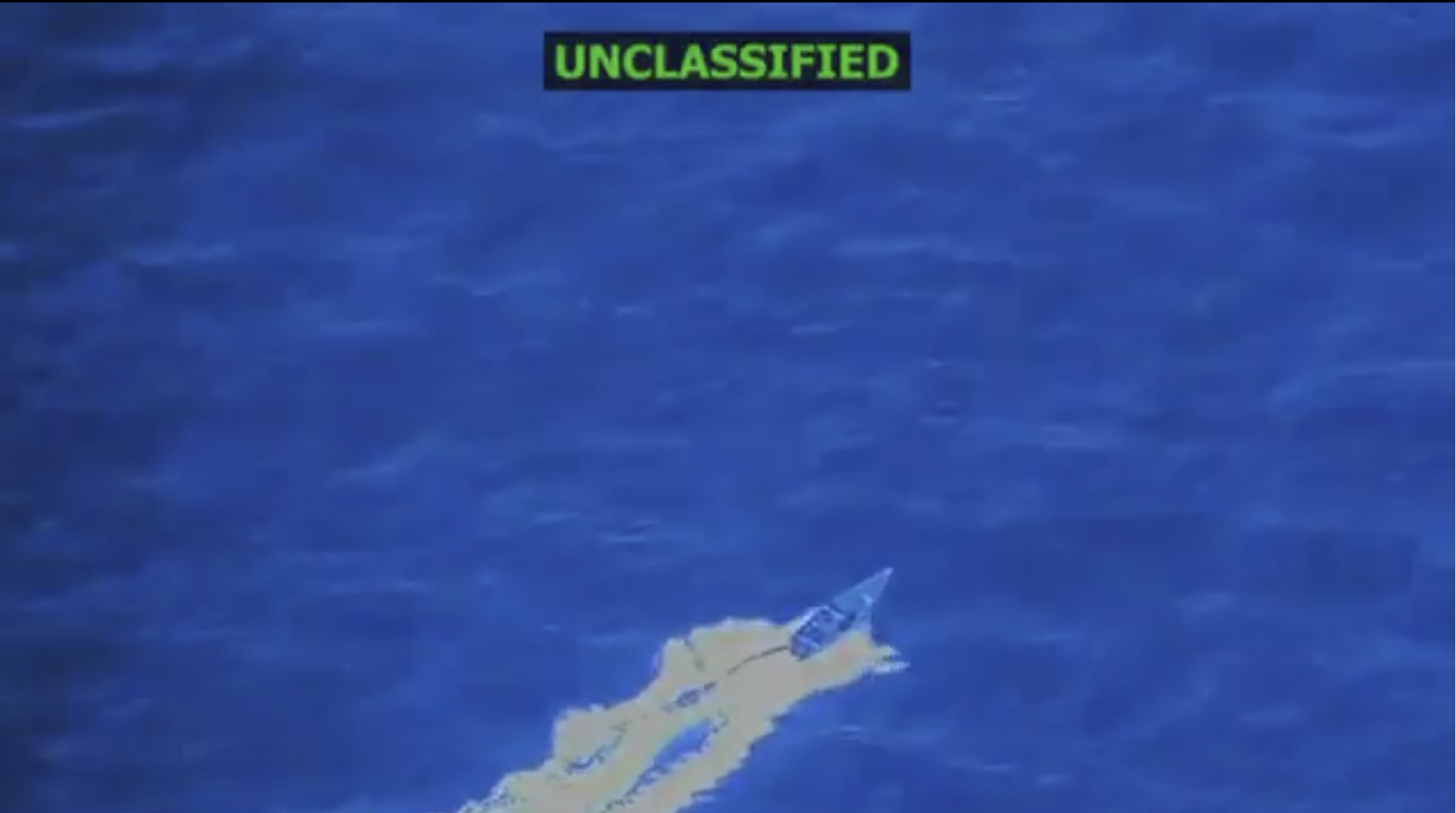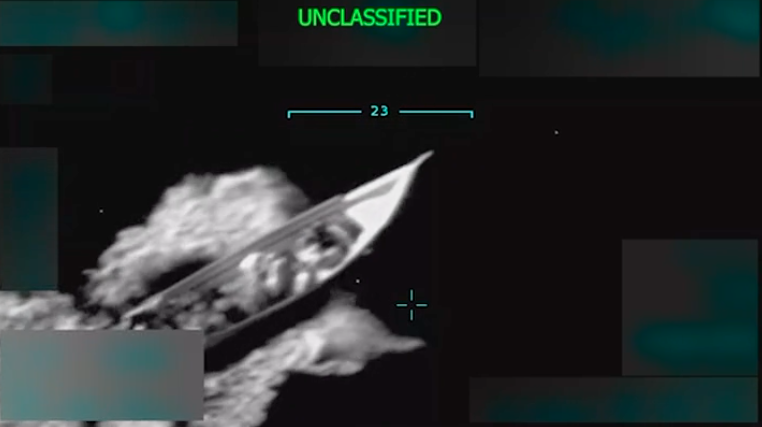Ahmed Warsame and Law of War Detention
What was the legal theory supporting the two-month period of military detention for Ahmed Warsame, preceding his arrival in the United States? White House Spokesman Jay Carney had the following to say this morning during Q&A with Jake Tapper of ABC:
Mr. Warsame, a Somali national, who was a member of al-Shabaab and has close associations with al Qaeda in the Arabian peninsula, AQAP, was captured by U.S. military forces in the Gulf region and taken into custody based on information developed regarding his links to terrorist groups.
Published by The Lawfare Institute
in Cooperation With

What was the legal theory supporting the two-month period of military detention for Ahmed Warsame, preceding his arrival in the United States? White House Spokesman Jay Carney had the following to say this morning during Q&A with Jake Tapper of ABC:
Mr. Warsame, a Somali national, who was a member of al-Shabaab and has close associations with al Qaeda in the Arabian peninsula, AQAP, was captured by U.S. military forces in the Gulf region and taken into custody based on information developed regarding his links to terrorist groups. He was detained lawfully under the Law of War aboard a U.S. navy ship until his transfer to the U.S. for prosecution. The International Committee of The Red Cross was told of Warsame’s detention on the ship, visited the site of detention, and had the opportunity, opportunity rather, to interview the detainee aboard the ship.Let's talk first about domestic law. I have no doubt that the administration would argue that Warsame is within the scope of the AUMF, on some combination of the following theories. First, and most likely, being "part of" al-Shabab would bring Warsame within the AUMF insof as al-Shabab is (i) itself part-and-parcel of al Qaeda or (ii) an associated force acting as a co-belligerent with al Qaeda. So, is al-Shabab sufficiently linked to al Qaeda to be part of it? Hard to say from the outside; one would have to know as much as possible about the links between al-Shabab and al Qaeda. And of course one needs some sort of metric to define what makes some group one-and-the-same with al Qaeda...and there you run into some indeterminacy, I think. Alternatively, is al-Shabab an associated force acting as a co-belligerent with al Qaeda? Again, we have indeterminacy regarding just what metric applies in answering that question, but I suspect that the administration has in mind something along the lines of engaging in active operational planning against U.S. targets, with some degree of coordination with al Qaeda. Again, one would need to have as much information as possible to answer that question. I can well imagine that the intelligence supports such a theory, but from the outside I could not say. In any event, this is, I think, the most plausible theory. Note that there has been a lot of chatter from "officials" telling journalists that al-Shabab has recently become more interested in operations outside Somalia, which seems potentially related. Second, the administration might also argue that the AUMF applies on the theory that the AUMF encompasses AQAP, and that Warsame was providing material support to AQAP (support linked to hostilities AQAP would conduct against the US or its coalition partners). This raises two questions. Is AQAP an AUMF-covered group? As noted above, this is a complex, intelligence-driven inquiry. But let's assume that it is. The next question is whether providing material support to an AUMF-covered group is grounds for detention. The D.C. Circuit has, over the past year, repeatedly asserted that this might count, but it's not clear that any of those cases really turned on support as opposed to functional membership. I talk about this a fair amount in this article, and Charlie Savage had a very interesting piece on internal administration disagreements a while back, here. I'm happy to hear about other possible theories, of course. Now, what about the law of war? The Administration's position, of course, is that AUMF-based detention is Law of War-based detention. Suffice to say that there is a familiar and sharp debate regarding whether IHL applies in the first place as to circumstances not linked to the relatively conventional armed conflict occurring in Afghanistan--i.e., whether someone like Warsame can be said to be captured in connection with an "armed conflict." Invoking the law of war in relation to Warsame obviously involves a less-strict vision of "armed conflict" than that advanced by some critics of the United States, though it need not be read as a claim that anyone, anywhere may be held under color of the law of war. In any event, it will be interesting to see whether, in the course of the upcoming litigation, any of these questions are teased out. I seriously doubt they will be. I suppose Warsame will move to dismiss the indictment on grounds of outrageous government conduct, just as, say, Jose Padilla attempted. Such a motion almost certainly will fail, and I doubt the court dealing with it will get into the weeds of the scope of the AUMF or the law of war.
Robert (Bobby) Chesney is the Dean of the University of Texas School of Law, where he also holds the James A. Baker III Chair in the Rule of Law and World Affairs at UT. He is known internationally for his scholarship relating both to cybersecurity and national security. He is a co-founder of Lawfare, the nation’s leading online source for analysis of national security legal issues, and he co-hosts the popular show The National Security Law Podcast.





